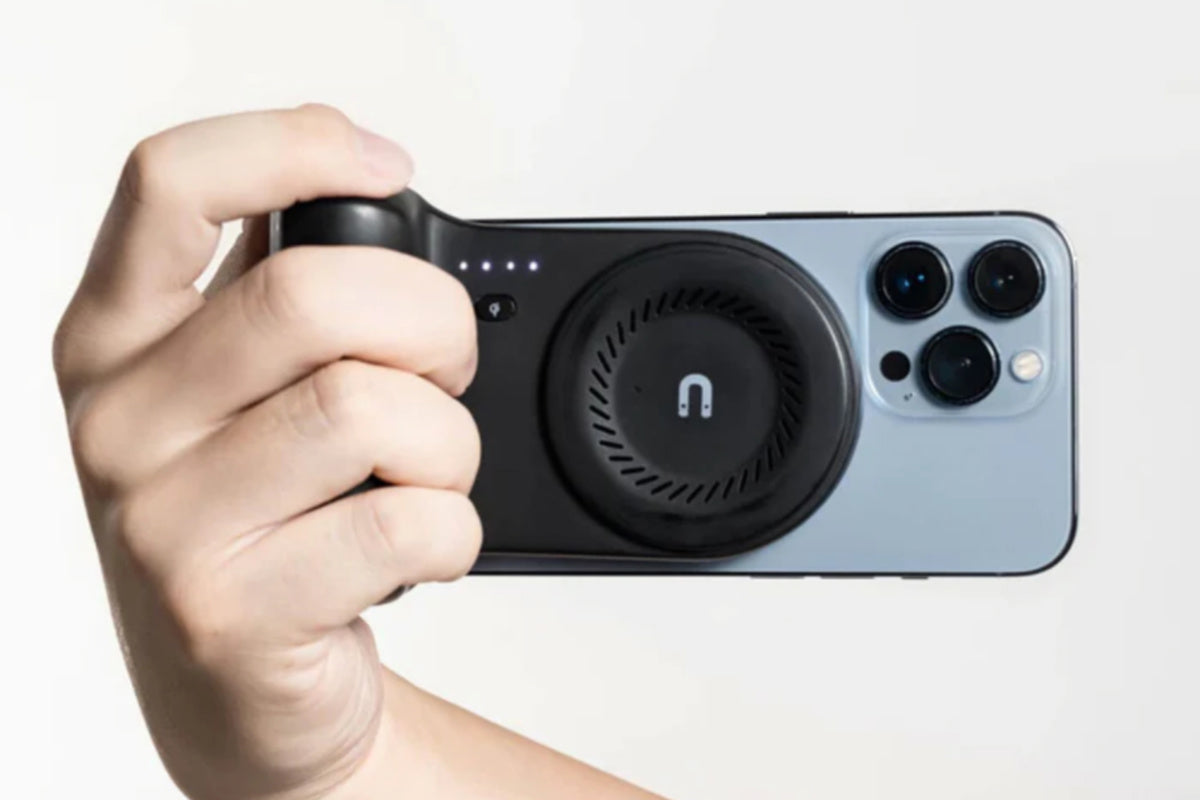In our fast-paced, on-the-move lives, smartphones serve as our lifelines, tethering us to work, social circles, and the broader world. Yet, as our dependency on these devices grows, so does the challenge of maintaining their charge, particularly when venturing beyond the reach of conventional power outlets. Enter the power bank—an indispensable ally that guarantees connectivity and productivity, regardless of distance from home or the office.
Key Considerations When Choosing a Phone Power Bank
1. Capacity
Capacity is perhaps the most critical aspect to consider when choosing a phone power bank. It's measured in milliamp hours (mAh) and represents the amount of energy the power bank can store. The higher the mAh rating, the more charge the power bank can provide to your device.
When selecting a power bank, consider your device's battery capacity. For instance, if your smartphone has a 3000mAh battery, a power bank with at least the same capacity would be ideal for one full charge. However, it's essential to account for efficiency losses during charging, so opting for a power bank with a slightly higher capacity is advisable.
Claimed vs. Actual Capacity
Many users are skeptical about the claimed capacity of power banks and wonder if they can trust manufacturers' claims. It's important to understand that the claimed capacity of a power bank may not always reflect its actual performance. Factors such as efficiency losses during charging and the condition of the power bank and device batteries can affect real-world performance.
2. Size, Shape, and Weight
The physical attributes of a power bank, including its size, shape, and weight, play a significant role in its portability and convenience. A compact and lightweight power bank is ideal for on-the-go use, allowing you to carry it in your pocket or bag without adding significant bulk or weight.
Consider where and how you plan to use the power bank. If you need it for daily commutes or travel, a smaller, pocket-sized model may be more suitable. However, if you anticipate longer periods without access to charging outlets, a larger capacity power bank may be worth the trade-off in size and weight.
Portability is a key consideration when selecting a power bank, especially if you're frequently on the move. Smaller, compact power banks are ideal for slipping into your pocket or bag without adding extra bulk. These pocket-sized models are perfect for everyday use and travel, allowing you to stay charged wherever you go without weighing you down.
3. Compatibility
Most power banks feature USB-A ports, which are compatible with a wide range of devices, including smartphones, tablets, and other electronics. However, newer devices, such as smartphones and laptops, may feature USB-C ports for faster charging and universal compatibility.
Opting for a power bank with USB-C ports ensures compatibility with the latest devices and allows for faster charging speeds. Additionally, some power banks offer wireless charging capabilities, allowing you to charge compatible devices without the need for cables.
- USB-A: This rectangular-shaped port is ubiquitous and compatible with a vast array of devices, making it a standard feature on most power banks.
- Micro/mini-USB: While becoming less common, these smaller USB variants are still used in some older smartphones and portable devices, making them a necessity for backward compatibility.
- USB-C: With its compact design and reversible connector, USB-C has emerged as the new standard for charging modern devices. Its universal compatibility and fast charging capabilities make it a desirable feature in power banks.
- Wireless: A newer addition to power bank features, wireless charging allows you to charge compatible devices simply by placing them on the power bank's surface, eliminating the need for cables.
Charging Speeds
The charging speed of a power bank depends on various factors, including its output voltage, amperage, and compatibility with fast charging technologies. Power banks with USB-C ports typically offer faster charging speeds compared to those with USB-A ports.
Airline Regulations For Carrying Power Banks During Travel
Check Airline Policies
Before traveling with a power bank, review the airline's regulations regarding the size and capacity of portable batteries allowed onboard.
Calculate Watt-Hours
To determine whether your power bank complies with airline regulations, calculate its watt-hour rating. This can be done by multiplying the power bank's voltage (V) by its amp-hour (Ah) rating. Most airlines impose restrictions based on watt-hour limits rather than strictly on capacity.
Carry-On vs. Checked Luggage
Whenever possible, it's advisable to carry your power bank in your carry-on luggage rather than checking it in with your checked baggage. This allows you to keep your power bank within reach and readily accessible during your journey.
Additional Considerations
Some airlines may have specific requirements or recommendations regarding the packaging and labeling of power banks. It's advisable to follow these guidelines to ensure compliance and facilitate smooth security screening processes. Additionally, consider carrying documentation or proof of your power bank's watt-hour rating to provide to airport security personnel if requested.
RELATED: How To Take Good Photos With iPhone - Tips For Stunning Shots
Recommended Products
Conclusion
Selecting the right phone power bank is essential for ensuring that your devices stay charged and connected, no matter where you are. By considering factors such as portability, compatibility with your devices, and safety features, you can make informed decisions about the capacity and size of the power bank that best suits your lifestyle.


